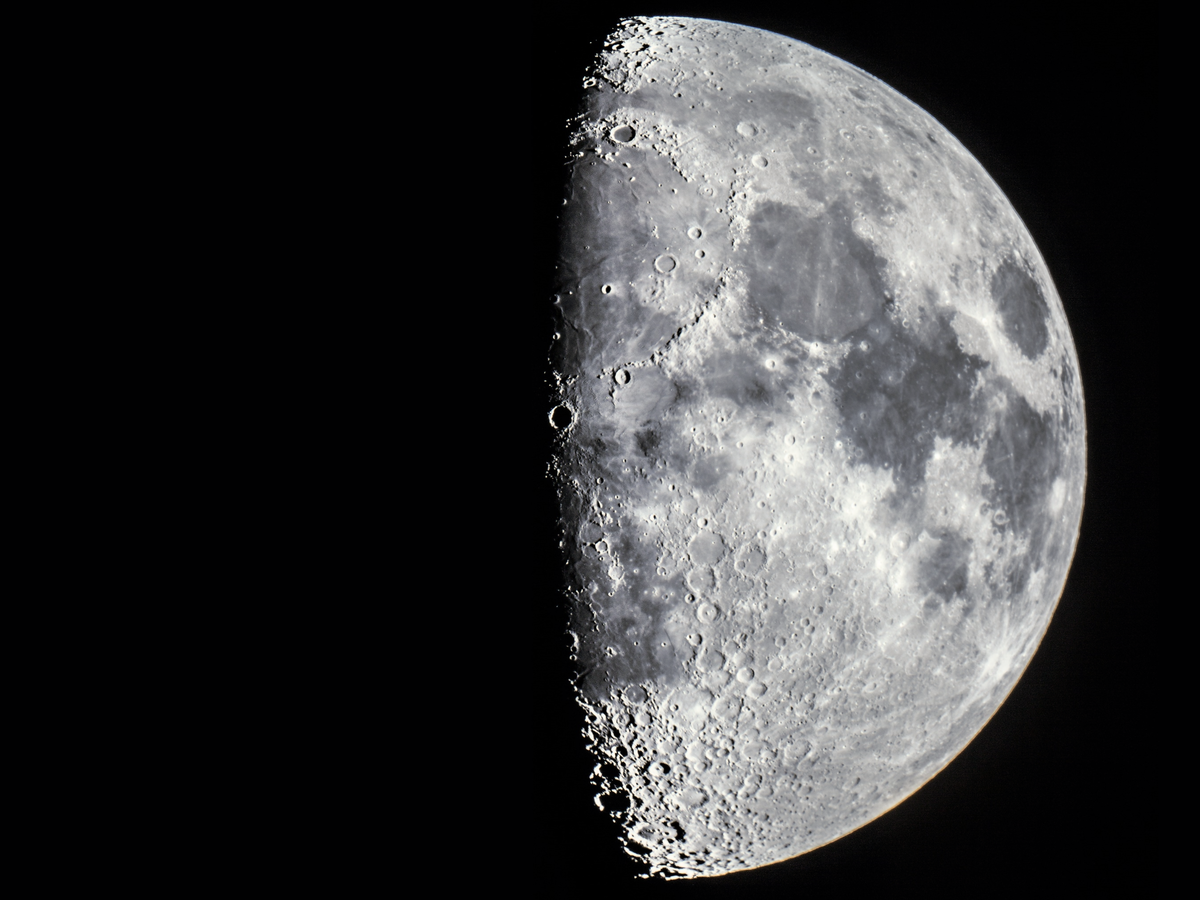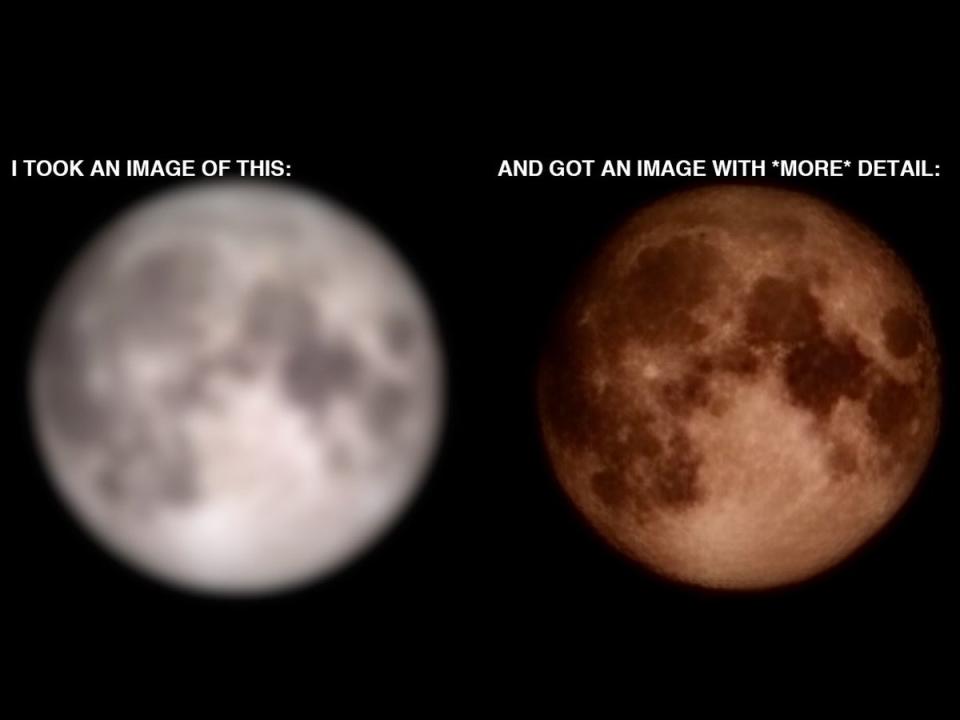Samsung accused of ‘fake’ Moon photos

Users of Samsung’s flagship smartphone have accused the company of faking shots of the Moon with its AI-powered Space Zoom feature.
In a widely-shared post on social media, Reddit user u/ibreakphotos tested the capabilities of the Galaxy S20 Ultra in an effort to prove that the 100x zoom level uses trickery in order to produce highly-detailed images of the Moon.
The test involved taking a photo of an intentionally low-resolution image of the Moon, which was displayed on a computer screen. The Samsung Galaxy S20 Ultra then added details to the blurry image of the Moon that were not in the original image.
“The moon pictures from Samsung are fake. Samsung’s marketing is deceptive,” the user wrote in the lengthy Reddit post.
“It is adding detail where there is none (in this experiment, it was intentionally removed).... The reality is, it’s AI doing most of the work, not the optics, the optics aren’t capable of resolving the detail that you see. Since the Moon is tidally locked to the Earth, it’s very easy to train your model on other moon images and just slap that texture when a moon-like thing is detected.”

The user added: “There’s a difference between additional processing a la super-resolution, when multiple frames are combined to recover detail which would otherwise be lost, and this, where you have a specific AI model trained on a set of moon images, in order to recognize the Moon and slap on the Moon texture on it (when there is no detail to recover in the first place, as in this experiment).
“This is not the same kind of processing that is done when you’re zooming into something else, when those multiple exposures and different data from each frame account to something. This is specific to the Moon.”
A previous investigation into Samsung’s Space Zoom feature on its Galaxy Ultra range of smartphones in 2021 drew similar conclusions about how the high definition results were achieved.
Input Mag conducted several tests to determine whether Samsung was using an image-recognition trick to “fake detailed moon photos”, with the tech giant claiming at the time that “the Scene Optimizer process is not overlaying any textures or adding fake images”.
Samsung has not replied to a request for comment from The Independent regarding the latest claims.

